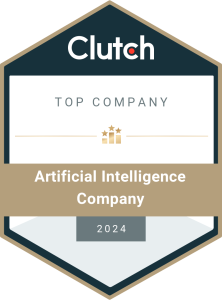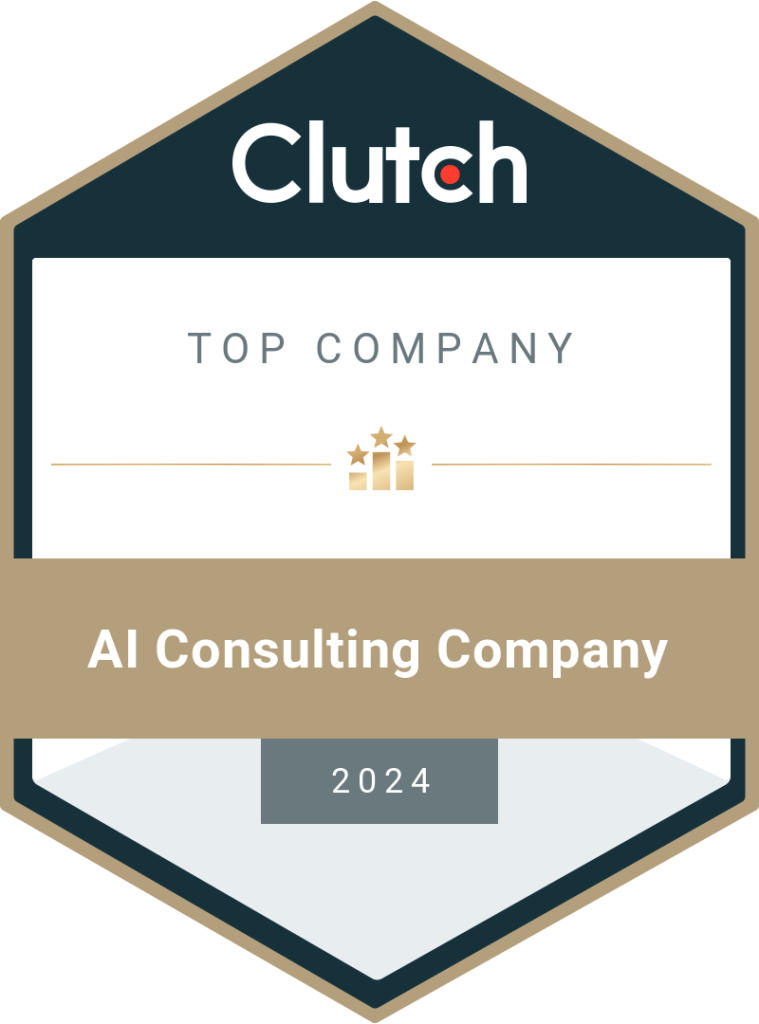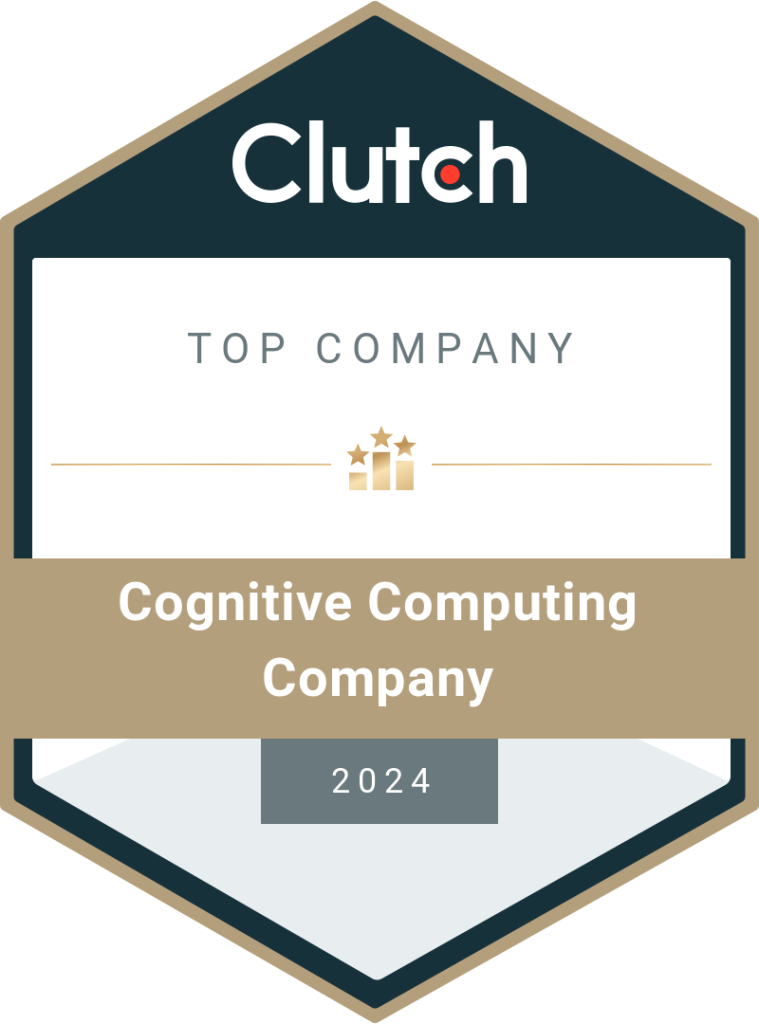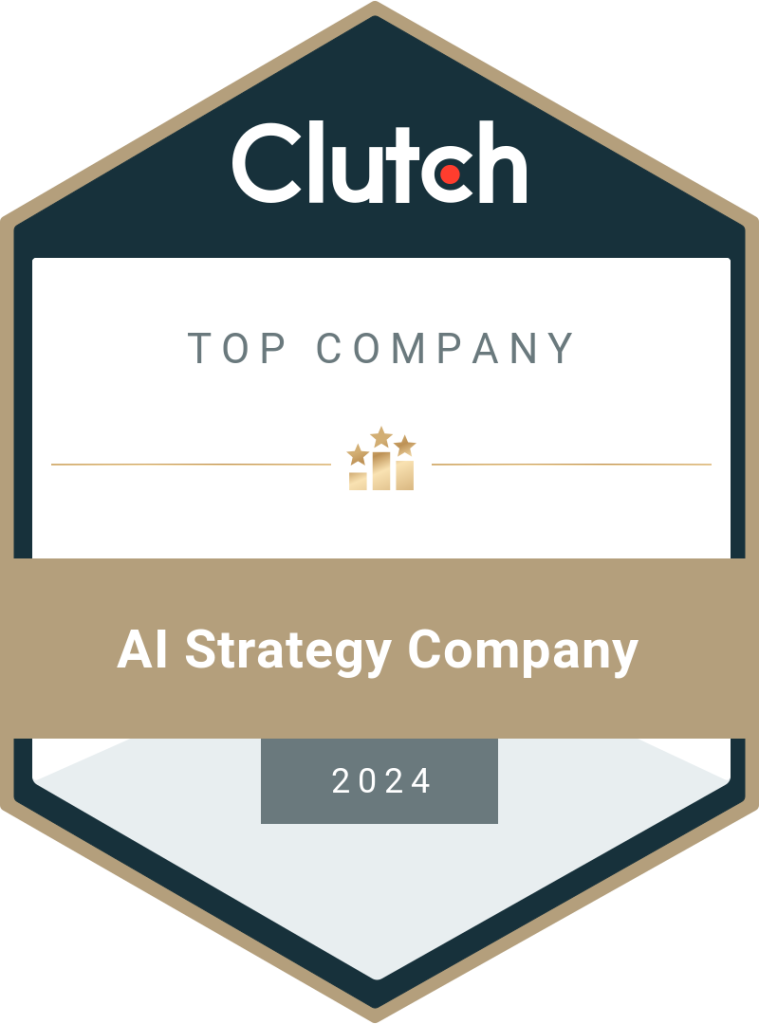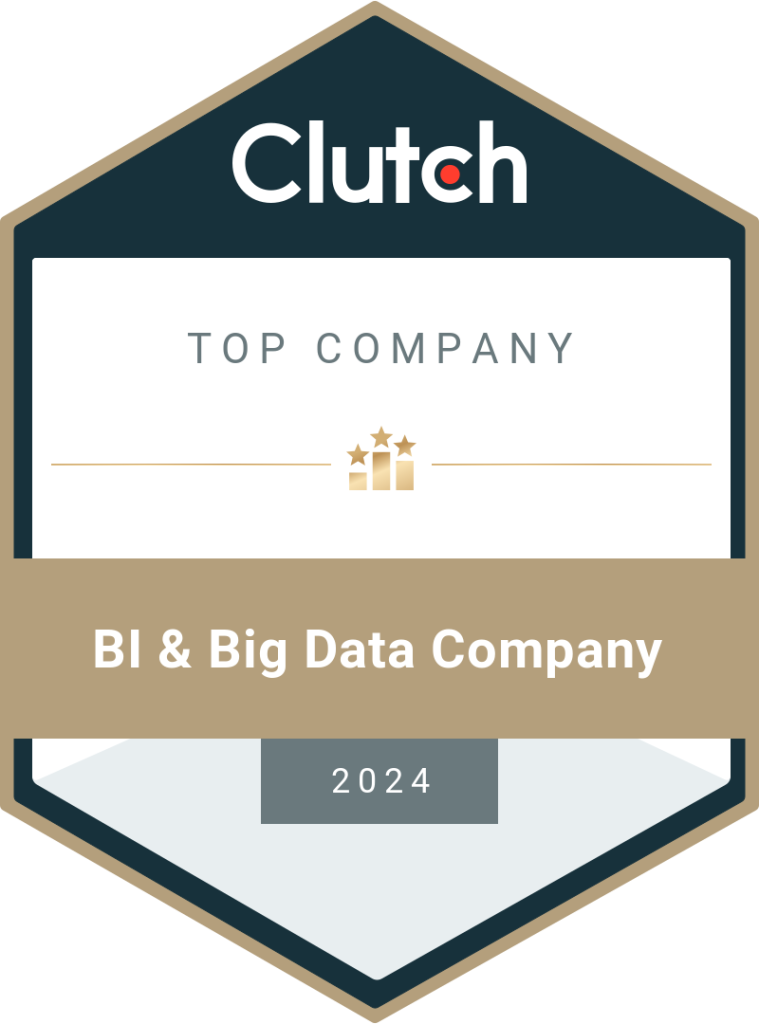AI as a Service – A Bold Move in 2025?
Artificial intelligence as a service (AIaaS) is a cloud-based solution for enterprises to invest in advanced technology. Here, we’ll discuss AIaaS, its role in today’s market, and how businesses achieve their goals by partnering with AI service providers. The adoption rate of artificial intelligence has increased multifold over the years. Many businesses, be they startups or established enterprises, are investing in AI in varied ways to gain a competitive edge and survive volatile market conditions. According to Grandview Research, the AI market is likely to experience an annual growth rate of 37.7% between 2023 and 2030. A report by Markets & Markets shows that the global AI market is predicted to reach $1.3 trillion by 2030. Fortunately for businesses, nonprofits, and government agencies, any organization can adopt AI technology on any scale. It can be a tiny part of your business process or be 100% integrated into all processes across the departments and verticals. Moreover, artificial intelligence services are diverse and customizable. Naturally, this led to a relatively new cloud-based AI offering called AI as a service (AIaaS). This is more convenient, budget-friendly, and effective compared to large-scale AI adoption and implementation. But what exactly is AIaaS? What does an AI services company do to offer artificial intelligence as a cloud service? Will it be a worthy choice for businesses in 2025? Let’s find out! What is the AI Model as a Service? AI as a service (AIaaS) is a new business model where service providers offer artificial intelligence-based solutions through a cloud platform. Instead of setting up the AI tools/ apps on-premises, the software is hosted on a remote cloud server and accessed by users whenever necessary. All technologies and tools under the umbrella term AI are available on the cloud. Be it machine learning algorithms, natural language processing (NLP) models, large language models (LLMs), generative AI apps, computer vision, advanced analytical tools, etc., can be accessed remotely to get near real-time and real-time results. In the AI as a service business model, you subscribe to use the required tools and software provided by the vendors. You pay only for what to use and not for all the other services offered. Additionally, the pay-as-you-go model allows startups and emerging businesses to save money on unwanted expenses. You can upgrade or downgrade the subscription plan as necessary. Furthermore, there’s no need to invest heavily in building the IT infrastructure in the office. Employees can use their personal devices and work from any location as long as they have been authorized to access the tools. What is the Purpose of AI as a service? As per Global Market Insights, the AI as a service market size is expected to grow at a CAGR (compound annual growth rate) of 28% between 2023 and 2032 and reach $75 billion by 2032. This growth rate can be attributed to the ease of using artificial intelligence as a cloud service. The main purpose of AIaaS is to eliminate the need for unwanted hardware and bring greater flexibility to the business’s IT infrastructure. AI as a service is diverse and can be classified into the following types. Whether you want to implement only one of the above or a combination (and all of them), the AI product development company will create a price plan accordingly and determine the subscription charges. That way, you pay for what you use while ensuring quality, scalability, agility, and personalization are not compromised. Of course, there can be a few concerns like data security, lock-in agreements, and transparency about the core AI systems used. However, these issues are a problem only if you choose a service provider at random. Many reliable companies that offer AI as a service address these concerns proactively. For example, DataToBiz is an ISO-certified AIaaS company that complies with global data regulations and has a transparent pricing model. The developers use existing cloud technologies or build new models based on clients’ requirements. With the right partner, you can vastly benefit from switching to the AIaaS business model. Why You Should Invest in AI as a service? What makes AI as a service a better alternative to implementing artificial intelligence in your business? Check out below. With AIaaS, an organization can quickly build, develop, and release products into the market. The production cycle can be shortened without affecting quality and performance. AI product development in today’s world results in low-code or no-code applications that can be built and customized in a fraction of the time usually required to develop a model from scratch. The drag-and-drop interfaces accelerate time to market and allow you to quickly launch new products before competitors. AI as a service is a long-term solution or an agreement with the service provider. As long as you pay for the subscription, you will get continuous improvements and upgrades offered by the company. In most enterprise price plans, you don’t have to pay extra for troubleshooting, upgrading, or maintenance services. The service provider offers these as a part of the package. Over the years, you gain more from the service and see positive growth in ROI. Advanced technology is not cheap, and not every business has the capacity to buy new tools and software as soon as they are released. What will you do with the existing apps? How many can you buy only to use for a limited period? However, with AI as a service, there’s no need to make huge purchases. You can use the latest tools without buying them outright. That makes it feasible for startups and small businesses to use technology just like large enterprises do. The stakes are lower as you can switch from one service provider to another or use a different platform if the current one doesn’t meet your expectations. As mentioned earlier, AI as a service offers more flexibility in choosing what features, tools, frameworks, and solutions to implement in a business. There’s no need to complicate the systems by trying to use every available option for its own sake.
Read More